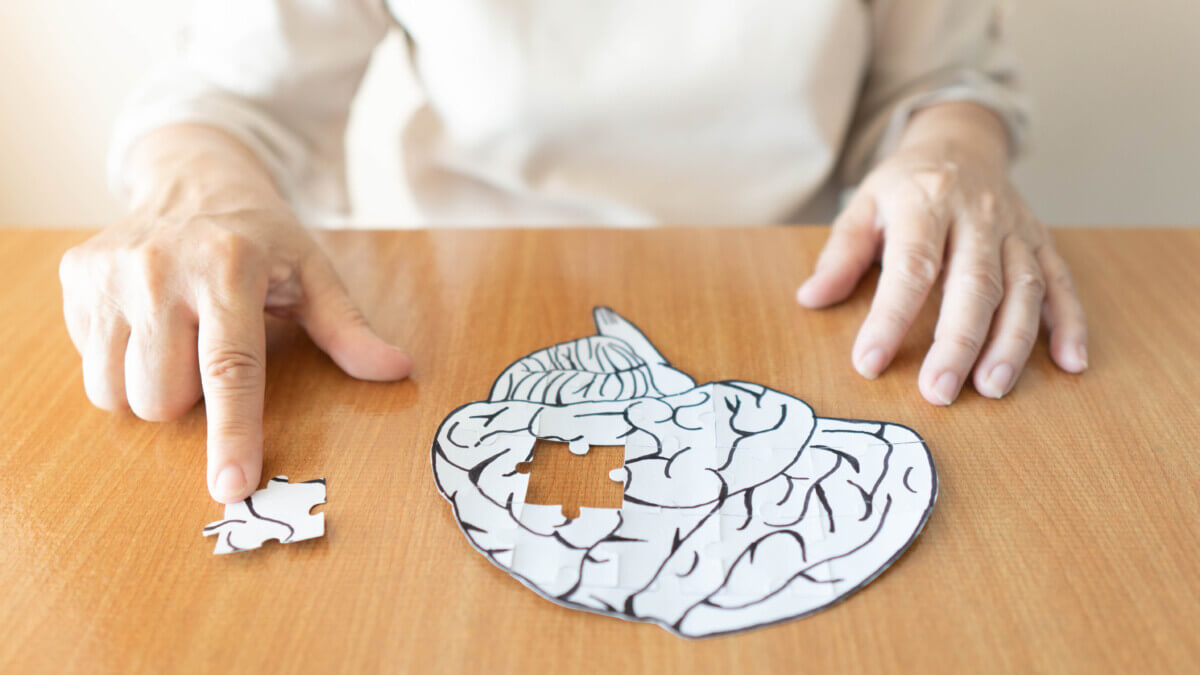
More than 6 million Americans are living with Alzheimer's. By 2050, this number is projected to rise to nearly 13 million. (© Orawan - stock.adobe.com)
TOKYO, Japan — A chemical “switch” involving the body's amino acids may be the trigger which leads to Alzheimer's onset. Researchers at Tokyo Metropolitan University say this switch plays a key role in forming toxic tau protein tangles — one of the main causes of dementia.
The new study finds disulfide bonds on certain amino acids (organic compounds which make proteins) stabilize tau and cause these proteins to accumulate. The effect gets even worse when a person experiences more oxidative stress, the imbalance of harmful free radicals and helpful antioxidants in the body. Researchers say their findings may lead to a new treatment which targets these triggers in aging adults.
Tau's ties to Alzheimer's
Normally, tau protein has a vital role in the healthy function of biological cells. They help form and maintain microtubules, the thin filaments that keep cells rigid. The tubules also provide “highways” to shuttle molecules between different parts of the cell.
However, when tau proteins don't form correctly, they start to bunch together into sticky clumps. When this happens in the brain, these buildups block the normal “firing” of brain cells. The result is the onset of neurodegenerative diseases like Alzheimer's, the most common form of dementia.
What causes tau to become dysfunctional?
Associate Professor Kanae Ando and her team used Drosophila fruit flies to uncover how certain features of tau protein can lead to it not working properly. Researchers note they can genetically alter flies to express the same kinds of tau that humans make. Through this process, the team pinpointed how individual processes within mutated tau actually change the protein's behavior.
Specifically, study authors discovered that changes in amino acid residues, called cysteines, lead to a drastic difference in how toxic tau becomes. Additionally, they found the specific chemical process responsible for turning tau proteins toxic. Results show the disulfide bonds which form in these cysteine groups act as the “switch” which starts clumping tau together.
In experiments, researchers discovered the effect gets even worse when the cells encounter more oxidative stress. The team simulated this by exposing their test cells to higher levels of reactive oxygen species.
There's a way to stop this process
Along with finding what causes tau tangles in the brain to get worse, researchers also discovered a way to reverse it too. Study authors say, even in patients who deal with growing amounts of cell damage and oxidative stress, the expression of more antioxidants counters these effects.
Antioxidants appear to clear away tau proteins, resulting in lower tau levels and less risk of neurodegenerative diseases forming. The team hopes their findings are the first step in forming a treatment for tau toxicity and removing harmful plaques. Currently, there is no definitive cure for dementia.
The study appears in the journal Human Molecular Genetics.










